Create your scientific podcast, is a good way to produce contents in sciences, and to work on your oral!
In this workshop, you’ll have to work by pair.
Take care of your scientific thread
- Build a winner team, made up of 2 students ! You will have to find original ideas !
- Choose a subject in the list of podcast worshop made by your favorite teachers
- Read the corresponding chapter in your own lesson with your SVT teacher or in the book « Le Livre Scolaire » if you haven’t done yet.
- Research documents on the subject (internet, books, magazines…), using the keywords to consolidate and to improve your knowledge
- Create a script to keep track of what you will say
Argue in a rigorous manner
- Remember in sciences the scientific method. Also, We describe from the external to the internal, from the largest to the smallest. Then we try to explain a mechanism, so if you have structures, what functions do they have? Be logical and if you don’t see how to develop your subject, a last technique that allows you to unlock is the questioning method (or the five Ws): what, who, where, when, how and Why
- You can create a mental map to highlight the chain of ideas on your subject, it is a method requested for the exam « grand oral » of the baccalaureat
- Create an audio content with your scrip, maximum 5 minutes with an introduction / a development / a conclusion with an opening.
Speak clearly, be enthusiast and prepare all the details for the podcast
=> Speaking time should be equal between you two.
- Use Audacity software for recording sounds https://www.youtube.com/watch?v=LQ7n9pA0qc0 in English
- If you need it in French, here is technical explanations : https://www.ac-orleans-tours.fr/fileadmin/user_upload/ses/tice/ressources/montage_video/montage_audio_audacity.pdf
- Add music if you want, but be careful the music must accompany harmoniously and not interfere with the message you want to convey
- Bring your audio to life (modulation of intonation, respect for silences, …)
- Summarize your audio content in a few sentences that you will display on the podcast label
- Choose a picture that characterize your podcast. The picture must be free of right ! (You can choose on pixabay for instance). But you can also do your own picture if you want.
- Create a quizz composed with 3 questions (only 1 correct answer) of the most important informations of your podcast. You will test your classmates about what they have learned ?
Time schedule
| Steps | Goals | Time | Share the work for the next time |
| 1 | Build a winner team Choose a subject Read the corresponding chapter in your own lesson and write the most important points you will have to develop Research documents on the subject (internet, books, magazines…), using the keywords to consolidate and to improve your knowledge | Week 1and 2 (since there is alternation between distance and face-to-face) From March 22 to April 6 for Group 1 From March 30 to April 13 for Group 2 | |
| 2 | Create a script to keep track | Week 3 and 4 From April 6 to easter holidays for Group 1 From April 13 to easter holidays for Group 2 | |
| 3 | Create an audio content Summarize your audio Choose a picture Create a quizz | Week 5 and 6 From easter holidays to May 11 for group 1 From Easter holidays to May 18 for Group 2 | |
| 3 | Assessment and election of the best podcast Quiz | Group 1 May 25 Group 2 June 1st |
Your partner :
Subject chosen :
Your deadlines :

You might become famous ! Believe in you !
Here is one made by Clara and Lucie in 2021:
The podcast workshop
List of the scientific subjects you can choose to create your own podcast
1- Lizards may be protecting people from Lyme disease in the southeastern United States
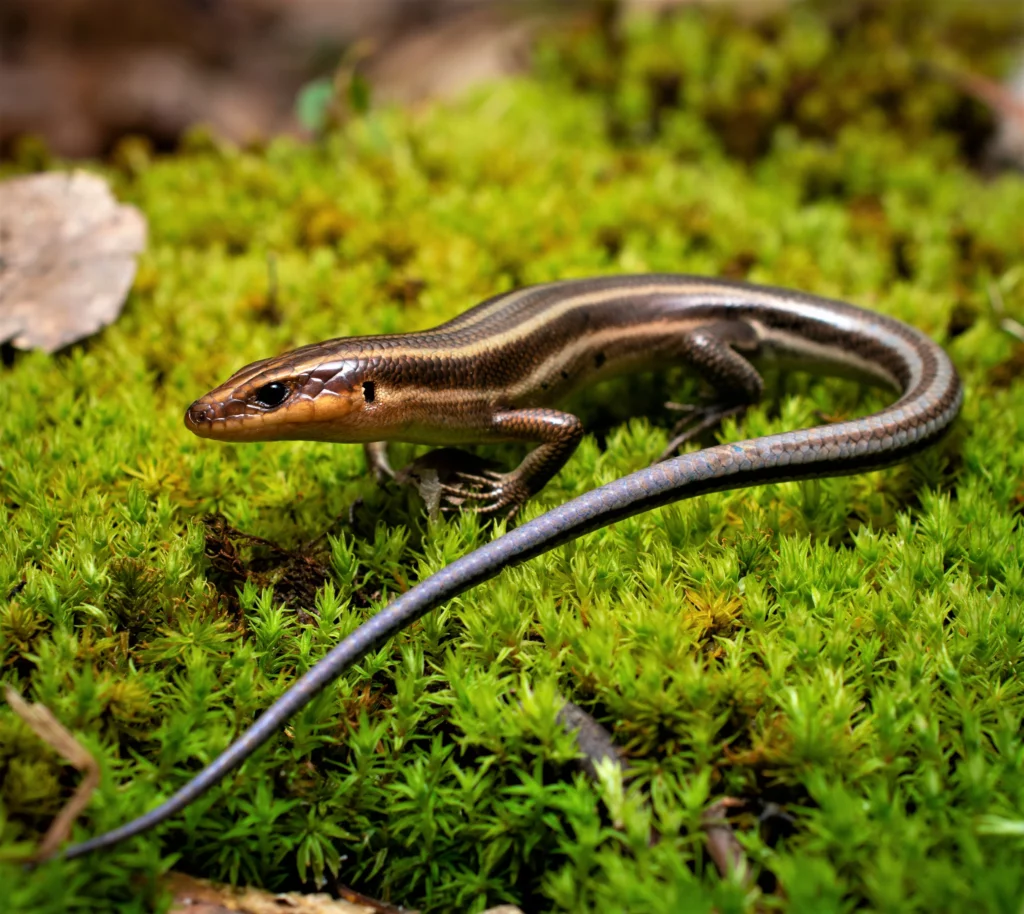
Date : February 5, 2021
Source : Michigan State University
Summary : Researchers have identified why the northeastern United States is home to far more cases than anywhere else. They have identified an unexpected reason : lizards.
Keywords : infectious disease, vector transmission, endemic disease, development cycle, host, bacteria Borrelia, tick, prophylaxis, global warming
2- Climate change may have driven the emergence of SARS-CoV-2
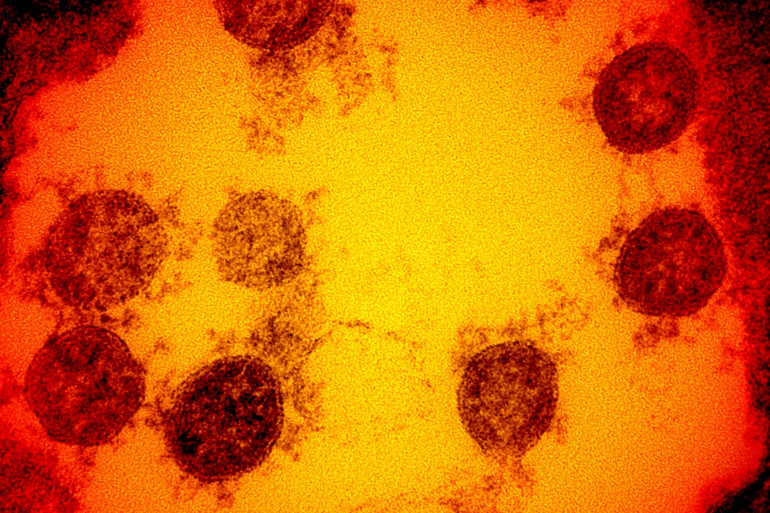
https://www.sciencedaily.com/releases/2021/02/210205085718.htm
Date : February 5, 2021
Source : University of Cambridge
Summary : A new study provides evidence of a mechanism by which climate change could have played a direct role in the emergence of SARS-CoV-2, the virus that caused the COVID-19 pandemic.
Keywords : global warming, greenhouse effect, photosynthesis, infectious disease, direct and vector transmission, virus cycle, bat, SRAS-CoV-2, pangolin, pandemic
3- Childhood diet has lifelong impact

https://www.sciencedaily.com/releases/2021/02/210203090458.htm
Date: February 3, 2021
Source: University of California – Riverside
Summary: Eating too much fat and sugar as a child can alter your microbiome for life, even if you later learn to eat healthier, a new study in mice suggests.
Keywords : microbiome, bacteria, fungi, virus, symbiosis, diet, digestion, immunity, disease (obesity), fecal microbiota transplantation (FMT)
4- A genetic patch to prevent hereditary deafness

https://www.sciencedaily.com/releases/2021/03/210302145843.htm
Date: March 2, 2021
Source: Radboud University Medical Center
Summary: They can hear well up to about forty years old, but then suddenly deafness strikes people with DFNA9. The cells of the inner ear can no longer reverse the damage caused by a genetic defect in their DNA. Researchers have now developed a ‘genetic patch’ for this type of hereditary deafness, with which they can eliminate the problems in the hearing cells. Further research in animals and humans is needed.
Keywords : DNA, nucleotides, gene, allele, mutation, protein, RNA, genetic therapy
5- 64 human genomes as new reference for global genetic diversity

https://www.sciencedaily.com/releases/2021/02/210225143855.htm
Date: February 25, 2021
Source: Heinrich-Heine University Duesseldorf
Summary: 20 years after the successful completion of the Human Genome Project’, an international research group has now sequenced 64 human genomes at high resolution. This reference data includes individuals from around the world, better capturing the genetic diversity of the human species. Among other applications, the work enables population-specific studies on genetic predispositions to human diseases as well as the discovery of more complex forms of genetic variation.
Keywords : DNA, nucleotides, gene, allele, mutation, protein, Human Genom Project, genetic predisposition, cancer, genetic therapy
6- Dramatic decline in western butterfly populations linked to fall warming
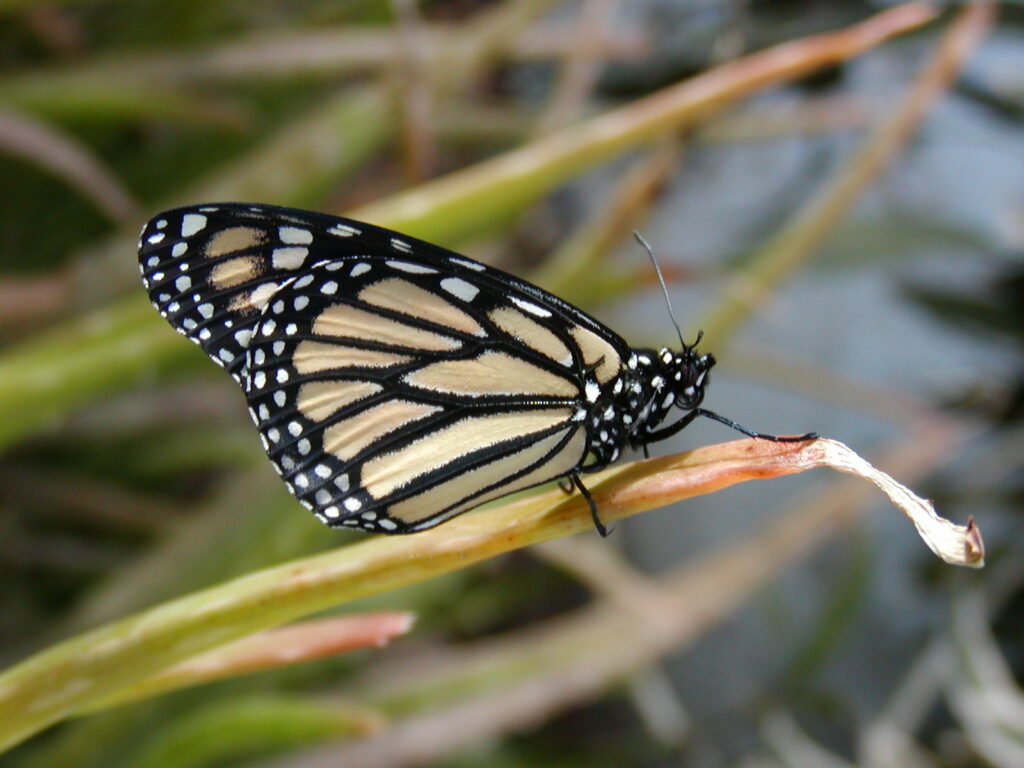
https://www.sciencedaily.com/releases/2021/03/210304145405.htm
Date : March 4, 2021
Source : University of Arizona
Summary : Western butterfly populations are declining at an estimated rate of 1.6% per year, according to a new report. The report looks at more than 450 butterfly species, including the western monarch, whose latest population count revealed a 99.9% decline since the 1980s.
Keywords : biodiversity, biological crisis, global warming, migration, pollination, red list of threatened species, extinction, conservation
7-Scientists describe ‘hidden biodiversity crisis’ as variation within species is lost
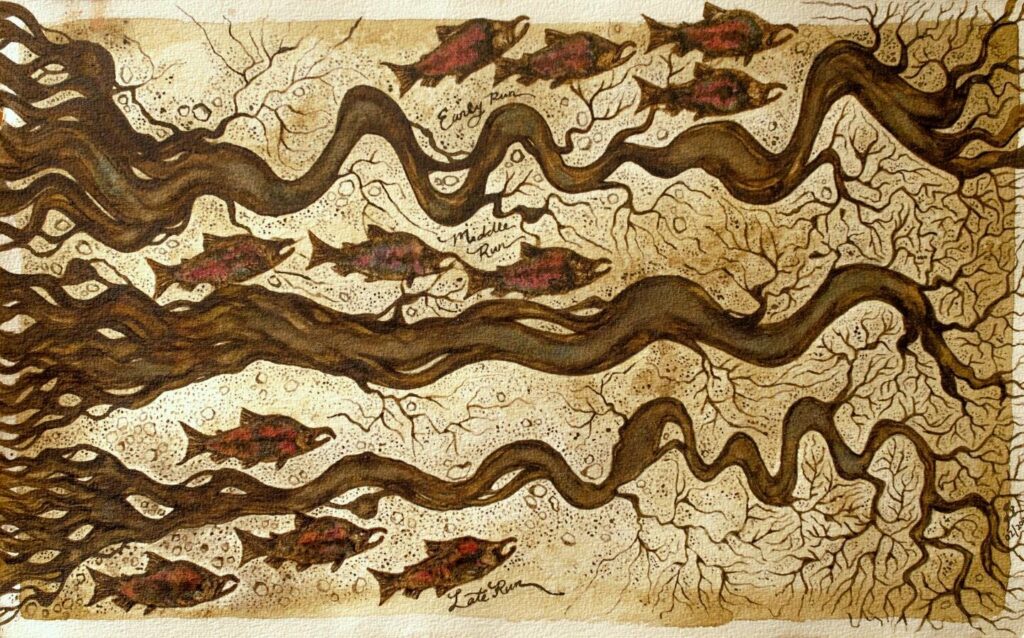
https://www.sciencedaily.com/releases/2021/03/210301133840.htm
Date : March 1, 2021
Source : University of California – Santa Cruz
Summary : The rapid loss of variation within species is a hidden biodiversity crisis, according to a new study looking at how this variation supports essential ecological functions and the benefits nature provides for people. The study highlights the need to better understand and conserve variation within species in order to safeguard nature’s contributions to people.
Keywords : biodiversity, biological crisis, global warming, intraspecific biodiversity, genetic drift, allele frequency, adaptability, conservation
8- 34 Andean Condors found dead in Argentina – the poisoning needs to stop
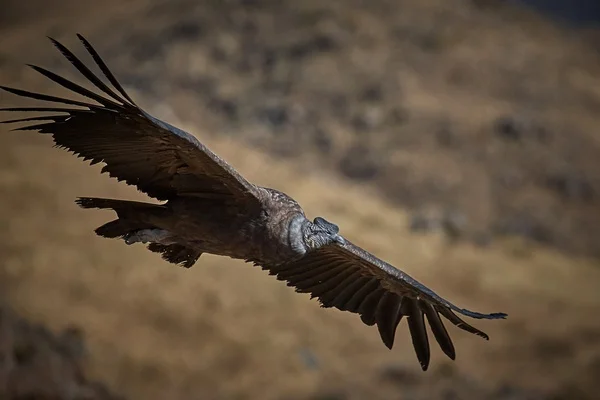
https://www.birdlife.org/worldwide/news/34-andean-condors-found-dead-argentina-poisoning-needs-stop
Date : January 30, 2018
Source : Birdlife
Summary : Vulture deaths through poisoning aren’t just a problem in Africa and Eurasia. Their American relatives are also being decimated – showing the urgent need for stronger laws to prevent future tragedy.
Keywords : biodiversity, biological crisis, human activities, genetic drift, allele frequency, red list of threatened species, extinction, conservation
9- Genetic cause of difference in sexual development uncovered
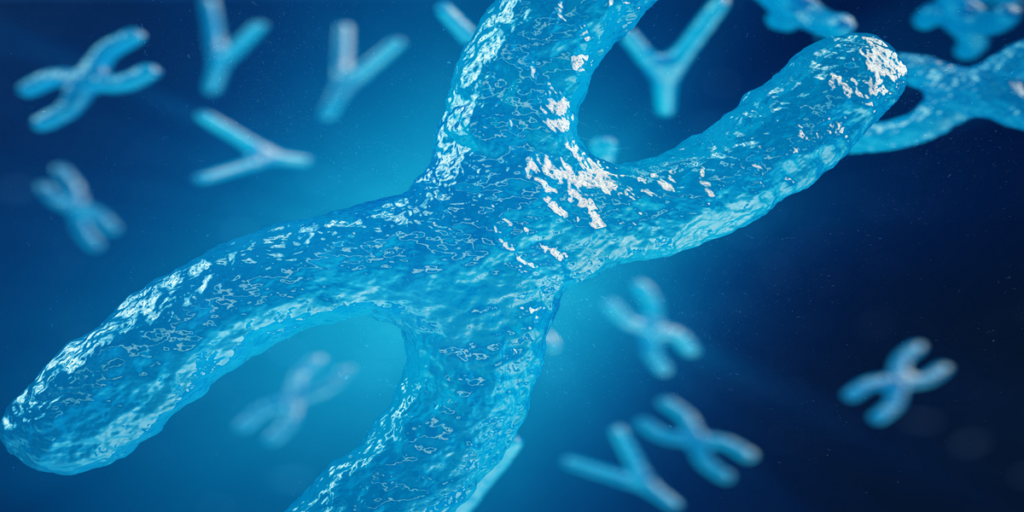
https://www.sciencedaily.com/releases/2020/06/200601154655.htm
Date : June 1, 2020
Source : The Francis Crick Institute
Summary : Researchers have identified a cause of testicular tissue developing in people with female chromosomes.
Keywords: undifferentiated/differentiated stage, X chromosome, Y chromosome, gene SRY, protein TDF, gene WT1, protein catenin
10- Chemical pollutants in the home degrade fertility in both men and dogs, study finds

https://www.sciencedaily.com/releases/2019/03/190304095949.htm
Date : March 4, 2019
Source : University of Nottingham
Summary : New research suggests that environmental contaminants found in the home and diet have the same adverse effects on male fertility in both humans and in domestic dogs.
Keywords : fertility, sperm, spermogram, artificial insemination, in-vitro fertilization
11- Climate change and land use are accelerating soil erosion by water
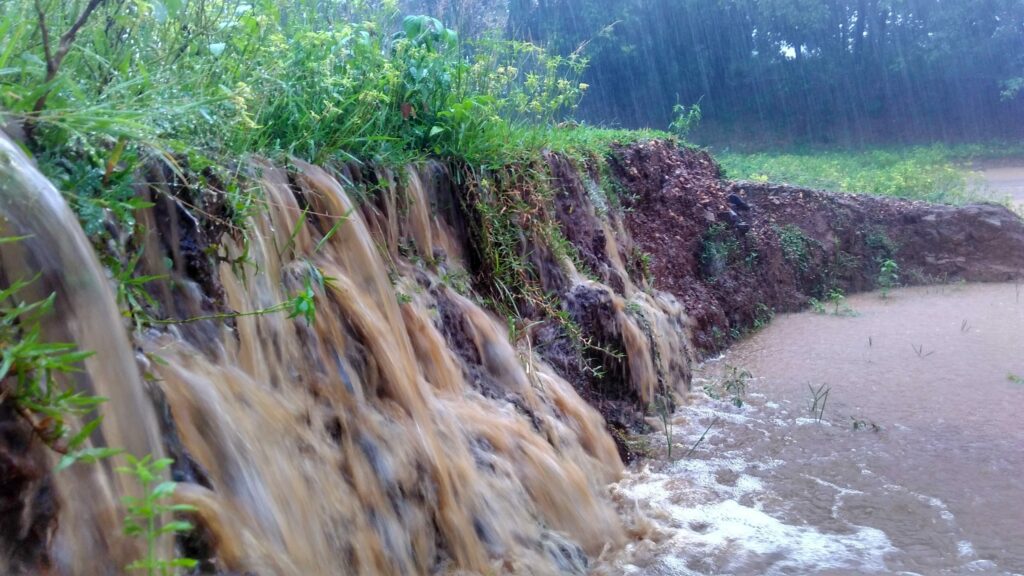
https://www.sciencedaily.com/releases/2020/08/200824165633.htm
Date : August 24, 2020
Source: University of Basel
Summary: Soil loss due to water runoff could increase greatly around the world over the next 50 years due to climate change and intensive land cultivation.
Keywords : soil formation, alteration, erosion, global warming, intensive agriculture/farming, sustainable farming, soil fertility
12- Starting small to answer the big questions about photosynthesis

https://www.sciencedaily.com/releases/2021/03/210311123455.htm
Date: March 11, 2021
Source: University of Leeds
Summary: Despite being discovered almost 300 ago, photosynthesis still holds many unanswered questions for science, particularly the way that proteins organise themselves to convert sunlight into chemical energy and at the same time, protect plants from too much sunlight. Now a collaboration between researchers at the University of Leeds and Kobe University in Japan is developing a novel approach to the investigation of photosynthesis.
Keywords : photosynthesis, chloroplast, chlorophyll, autotrophic, light reaction (thylakoid), dark reaction (stroma), Calvin cycle, ATP
13- Study reveals how egg cells get so big
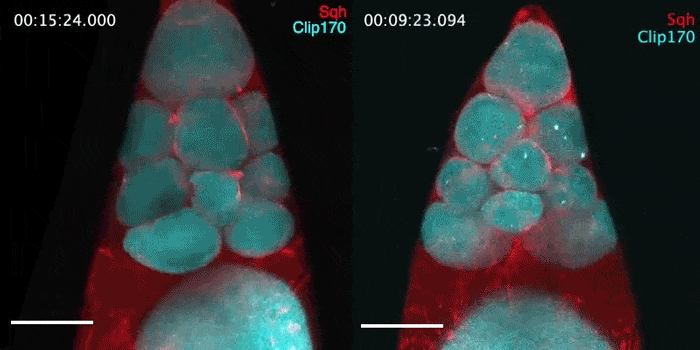
https://www.sciencedaily.com/releases/2021/03/210306113142.htm
Date: March 6, 2021
Source: Massachusetts Institute of Technology
Summary: The process of egg formation in fruit flies relies on physical phenomena analogous to the exchange of gases between balloons of different sizes, according to a new study by biologists and mathematicians
Keywords : Cells, growth, fertilization, nurse cells, cells clusters, shape of cells, adhesion or link between cells, cell cooperation
14- Intestinal bacteria alter gut and brain function, study showsDate: March 1, 2017
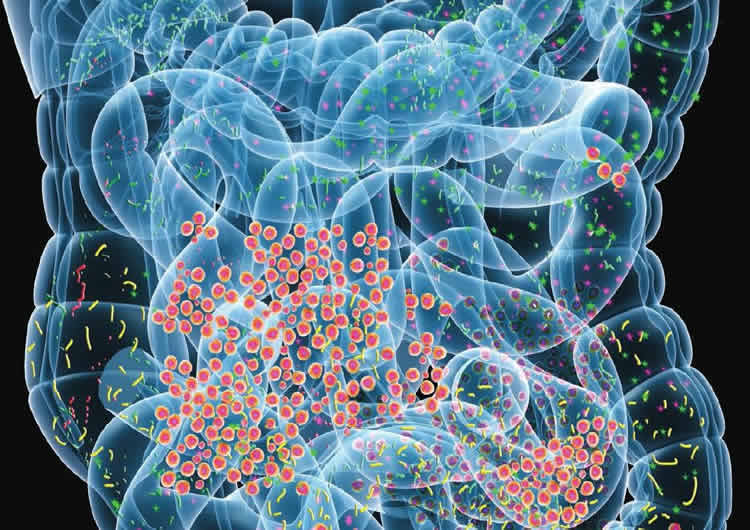
https://www.sciencedaily.com/releases/2017/03/170301142503.htm
Source: McMaster University
Summary: The goal of a new study was to explore whether fecal microbiota from human IBS patients with diarrhea has the ability to influence gut and brain function in recipient mice. Using fecal transplants, researchers transferred microbiota from IBS patients with or without anxiety into germ-free mice. The mice went on to develop changes both in intestinal function and behavior reminiscent of the donor IBS patients, compared to mice that were transplanted with microbiota from healthy individuals.
Keywords : mcrobiota, diarrhea, gut, brain, intestinal function, microbiota-directed therapies,gastroenterologist, diseases, irritable bowel syndrome
15- Why doesn’t Ebola cause disease in bats, as it does in people?
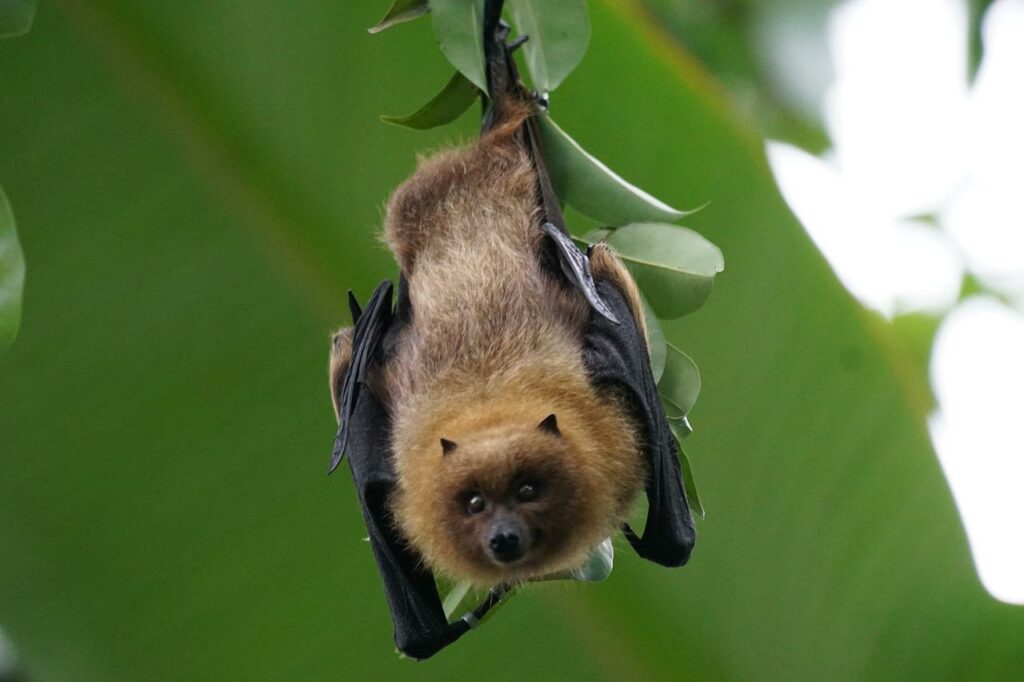
https://www.sciencedaily.com/releases/2021/03/210311123455.htm
Source: University of Texas Medical Branch at Galveston
A new study uncovered new information on why the Ebola virus can live within bats without causing them harm, while the same virus wreaks deadly havoc to people
Keywords : genetic identification, RNA viruses, bats, natural reservoirs, hosting animal species, disease
16- Genetic barcodes can ensure authentic DNA fingerprints
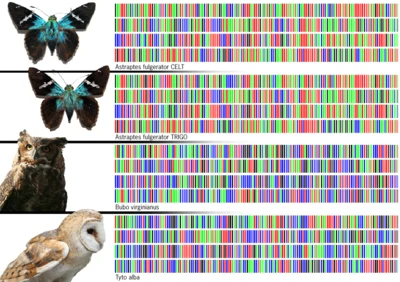
https://www.sciencedaily.com/releases/2020/05/200521112554.htm
Date: May 21, 2020
Source: Duke University
Summary: Engineers have demonstrated a method for ensuring that an increasingly popular method of genetic identification called »DNA fingerprinting » remains secure against inadvertent mistakes or malicious attacks in the field. The technique relies on introducing genetic »barcodes » to DNA samples as they are collected and securely sending information crucial to identifying these barcodes to technicians in the laboratory.
Keywords : genetic identification, DNA, Diversity of species, PCR, barcodes, amplifying the correct barcodes, species DNA database

